Heralded as the sixth most dangerous in the world, Kai Tak served as Hong Kong’s airport from 1925 until 1998. Initially a simple grass-strip airfield, a concrete slipway was added in 1928. A flight control tower and hangar were built in the 1930s, when commercial flights began. The airport was expanded in the 1950s with a new runway on land reclaimed from the harbour.

By the 1990s, night flight curfews, building restrictions in Kowloon, pollution and noise forced the colonial government to seek an alternative location to replace the ageing airport.
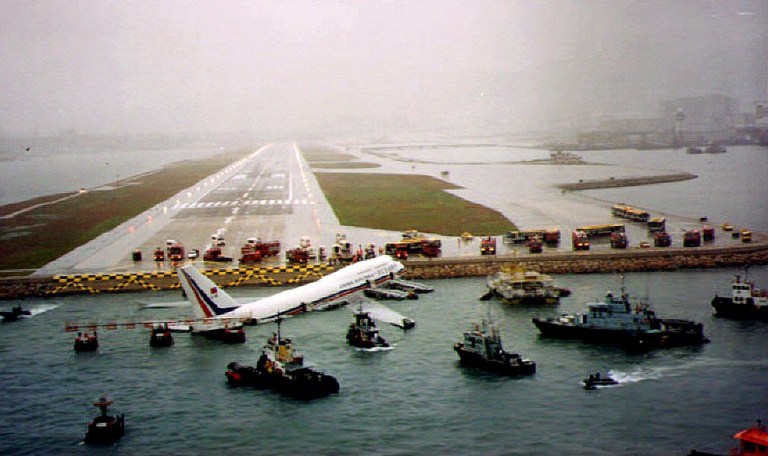
On July 6, 1998, a small ceremony celebrating the end of the airport was held inside the control tower after a final Cathay flight from Kai Tak to the new airport at Chek Lap Kok took off. Richard Siegel, the then-director of civil aviation, famously said “Goodbye Kai Tak, and thank you” as he switched off the runway lights for the last time.
Its airport codes were transferred to the new airport on Lantau. Today, the site is home to a cruise ferry terminal.
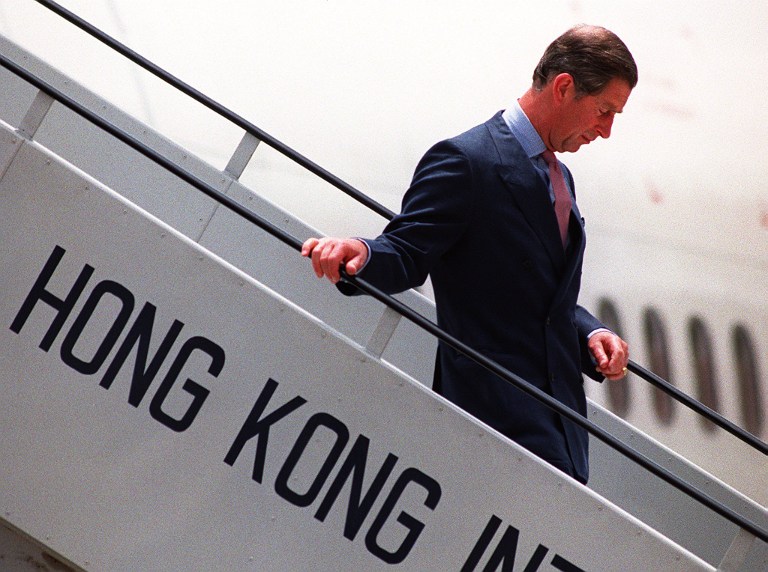
Below are shots from AFP photographers documenting the final days of Kowloon City’s iconic old airport.


See also: HKFP History: A brief visual history of Hong Kong’s old airport, Kai Tak

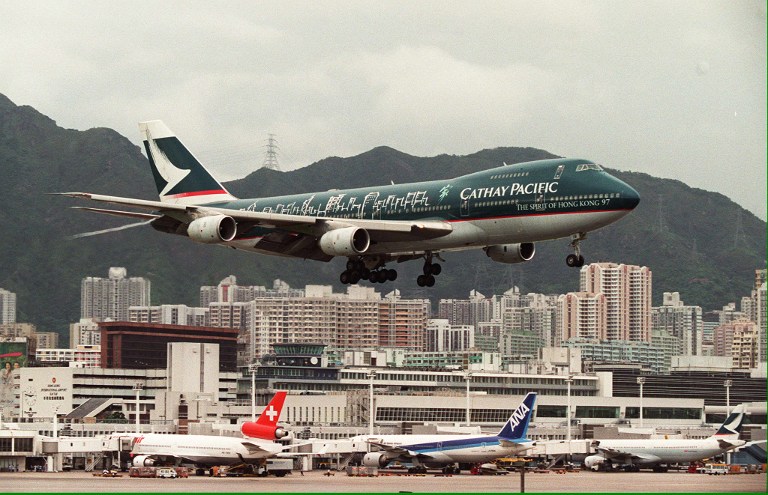


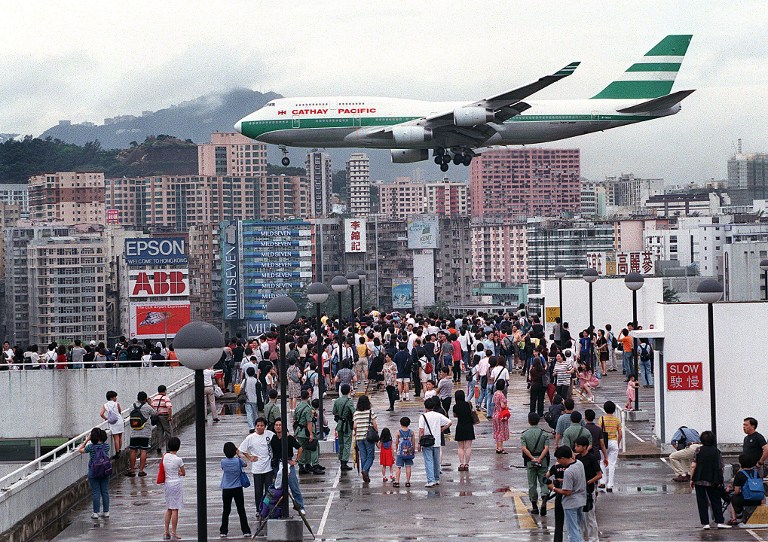

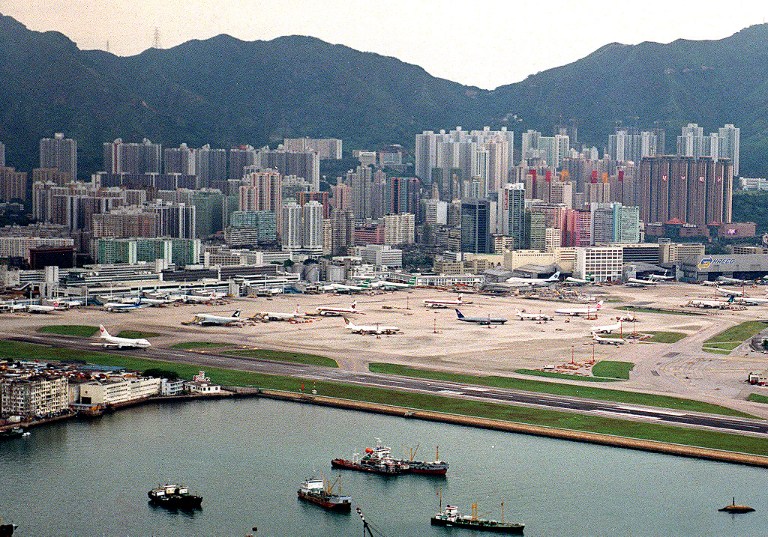



Support HKFP | Policies & Ethics | Error/typo? | Contact Us | Newsletter | Transparency & Annual Report | Apps
Help safeguard press freedom & keep HKFP free for all readers by supporting our team

LATEST FROM HKFP
HKFP has an impartial stance, transparent funding, and balanced coverage guided by an Ethics Code and Corrections Policy.
Support press freedom & help us surpass 1,000 monthly Patrons: 100% independent, governed by an ethics code & not-for-profit.










